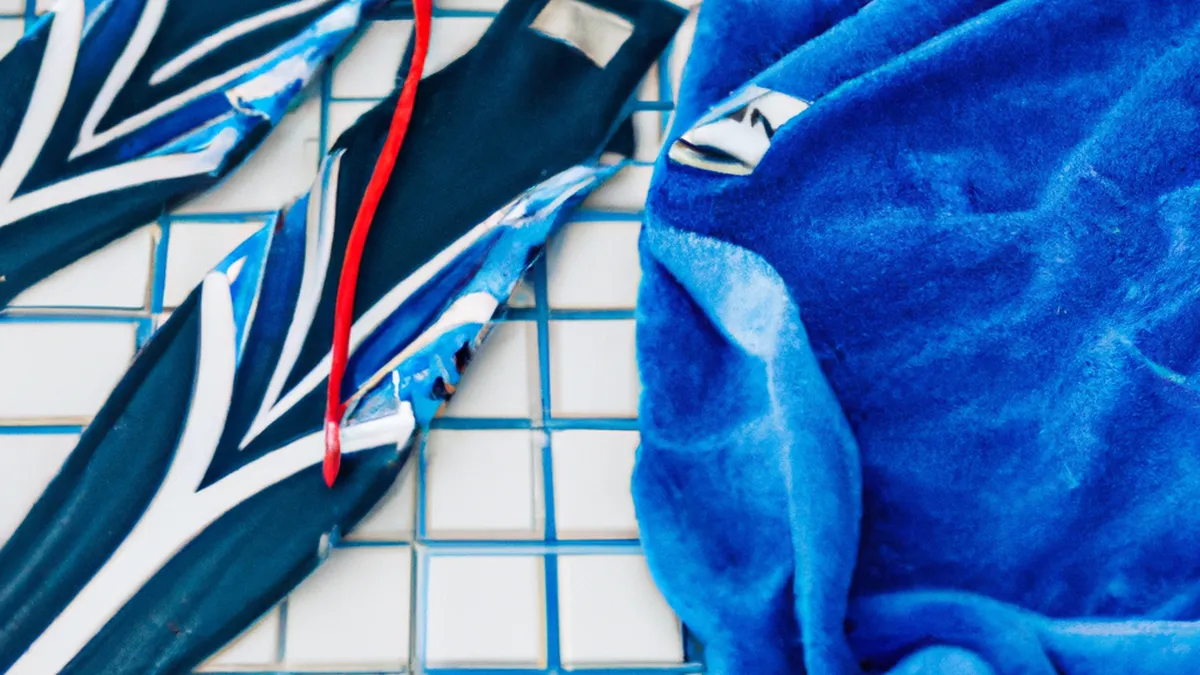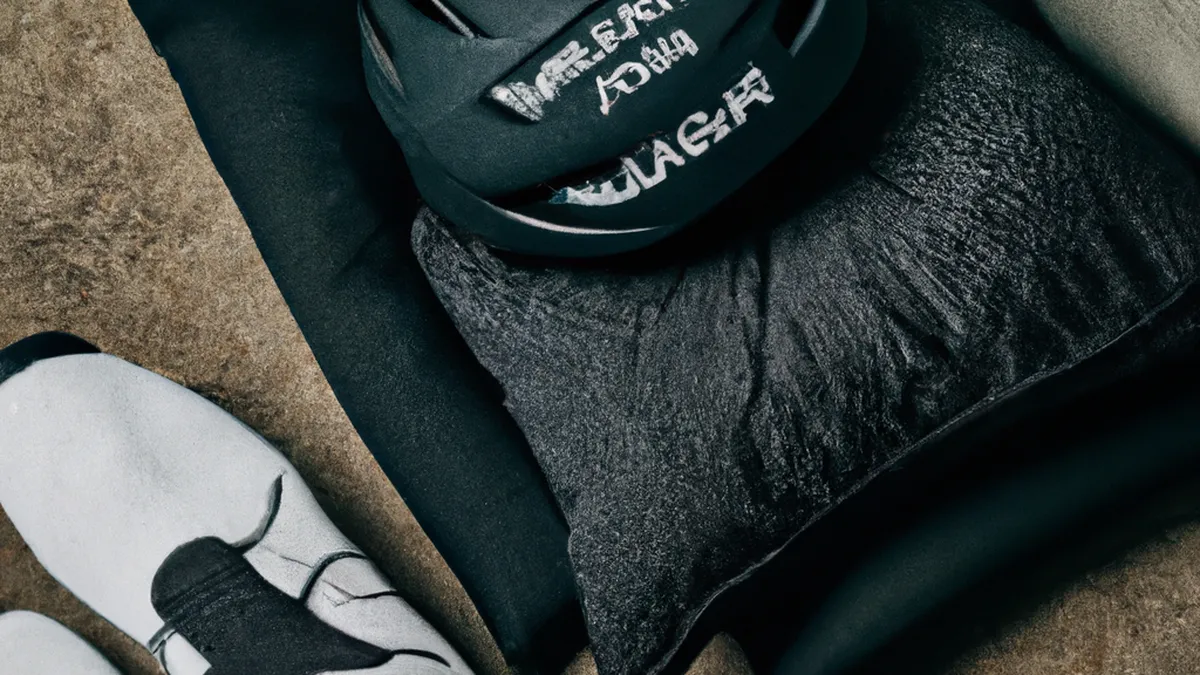Important Factors in Life Jacket Selection
Life Jackets: What to Consider for Safety on the WaterLife jackets provide essential safety for water activities. They can save lives during boating, kayaking, fishing, and swimming. With many options available, choosing the right life jacket may feel overwhelming. This blog post outlines key factors for selecting a life jacket to enhance your safety and enjoyment on the water.
Types of Life Jackets
Life jackets vary by type, each designed for specific conditions and activities. Understanding these types helps you choose the best option for your needs.
Type I: Offshore Life Jackets
Type I life jackets suit open water and rough conditions. They offer maximum buoyancy, ideal for long-distance boating. These jackets can turn an unconscious person face-up, crucial during emergencies. Use them for offshore boating, sailing, and situations far from immediate help.
Type II: Near-Shore Life Jackets
Type II life jackets work well in calm, inland waters like lakes and rivers. They provide adequate buoyancy and safety without being bulky. Use them for recreational boating, fishing, and short trips where rescue is likely. Their comfort makes them suitable for both adults and children.
Type III: Flotation Aids
Type III life jackets, or flotation aids, suit activities like kayaking and water skiing. They offer greater movement freedom than Types I and II. However, they may not turn an unconscious person face-up. Use these jackets in supervised environments where participants can assist each other.
Type IV: Throwable Devices
Type IV devices, such as cushions and ring buoys, are not wearable. They serve as aids thrown to someone in distress. While useful in emergencies, they do not replace wearable life jackets.
Type V: Special Use Life Jackets
Type V life jackets cater to specific activities like kayaking and windsurfing. They often include tailored features, such as harnesses or inflatable designs. Ensure these jackets have approval for your intended use.
Fit and Comfort
As an Amazon Associate I earn from qualifying purchases.
Gear tip: consider swim goggles, swim cap, and kickboard to support this topic.
Fit and comfort are crucial when selecting a life jacket. An ill-fitting jacket can fail you, while an uncomfortable one may discourage use.
Proper Sizing
Measure your chest and weight accurately for the best fit. Life jackets come in various sizes, so consult the manufacturer’s sizing chart before buying. A snug fit is essential; you shouldn’t lift the jacket over your head easily.
Conclusion
Choose the right life jacket for safety and comfort. Always prioritize fit, type, and intended use for maximum protection.
Below are related products based on this post:
FAQ
What are the different types of life jackets?
Life jackets come in several types, including Type I for offshore conditions, Type II for near-shore activities, Type III for flotation aids, Type IV throwable devices, and Type V for special uses. Each type is designed for specific activities and environments, ensuring safety in various water conditions.
How do I choose the right life jacket for my needs?
To choose the right life jacket, consider the type of water activity you’ll be engaging in, as well as the conditions you’ll face. Additionally, prioritize fit and comfort, ensuring that the jacket is snug and appropriate for your size to maximize safety.
Why is fit important when selecting a life jacket?
Fit is crucial because an ill-fitting life jacket may not provide the necessary buoyancy or protection in an emergency. A properly fitted jacket should be snug enough that it doesn’t easily lift over your head, ensuring it stays secured during use.















Post Comment